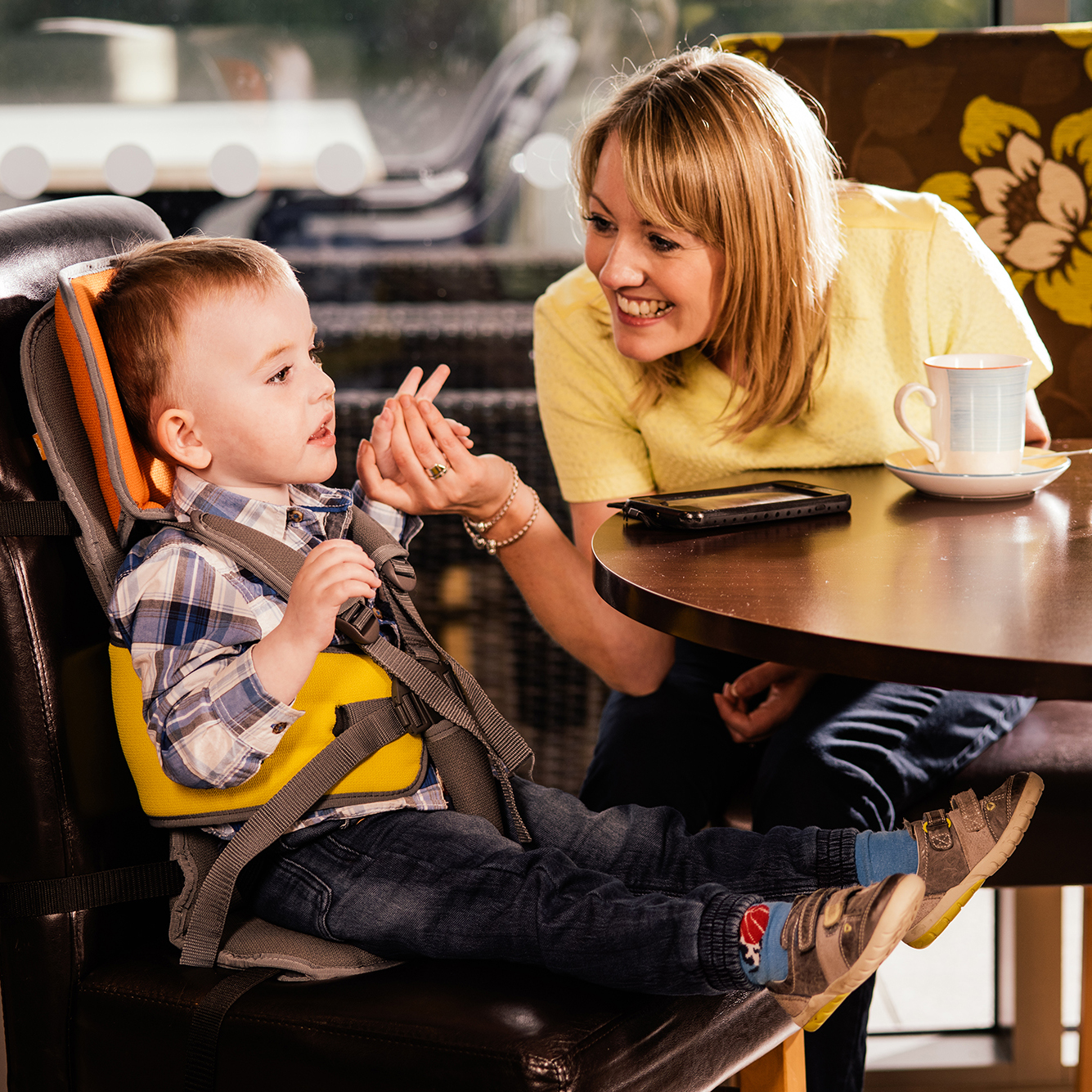
Safety for a child with a disability
20 December, 2018
Written by Allied Medical
This month we are focusing on ways to keep children with disabilities safe while ensuring they still have a sense of freedom. There are many different ways to keep a child safe and every family's situation will vary but the goal is to keep the child out of harms reach while ensuring they are still able to develop their own level of independence. Here are a few of our top tips:
- Ensure there are safety measures in place at home and out and about. This may include grab rails and bed rails at home for children at risk of falling and high locks on doors for children who like to wander. When necessary, the child may need a purpose made car seat for added safety when in a car or a buckle guard to prevent children from unbuckling themselves. Click here to view our buckleguard.
- Never leave a child alone in their equipment unless they are correctly secured using an approved harness and are calm and comfortable.
- Regularly check equipment for signs of damage or deterioration. If they find anything concerning, suggest that they stop using the equipment and investigate further with their assessor or local subcontractor.
- Video monitors in selected rooms in their homes may be something that could work for some families. This gives them the flexibility to be in another room and still keep an eye on their child. It also allows the child a higher sense of freedom.
- Develop an evacuation and emergency plan in place specific to the child’s household. You can click here for the Civil Defence’s advice for households of people with disabilities. For children who are hearing impaired, think about visual or vibrating smoke alarms.
- If a child is unable to identify themselves, especially if they tend to wander, it can be a good idea for them to wear a form of identification. ifineedhelp.org has recently been set up by the parents of a 13-year-old boy with autism. Children's details can be uploaded and a unique QR code is downloaded which they can carry or wear.
- If a child is using computers it is important to teach them about online safety. Click here to view Netsmartz tools for protecting children with physical, developmental, and learning disabilities online
